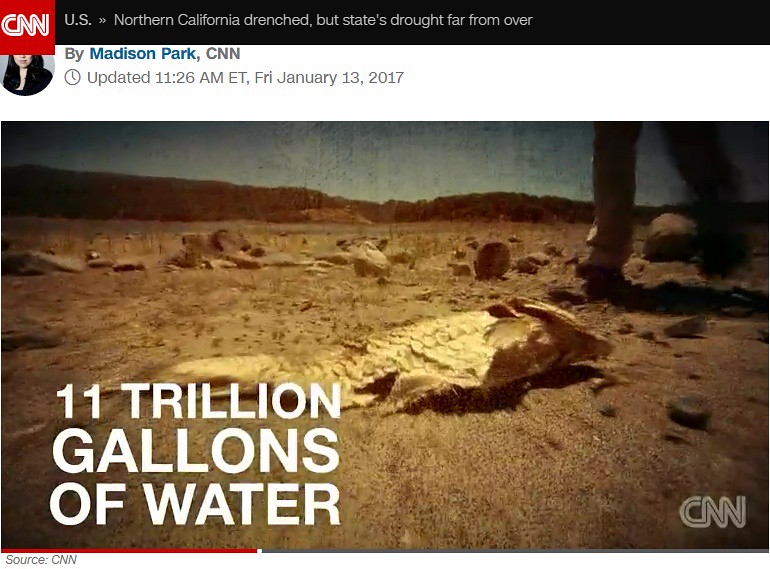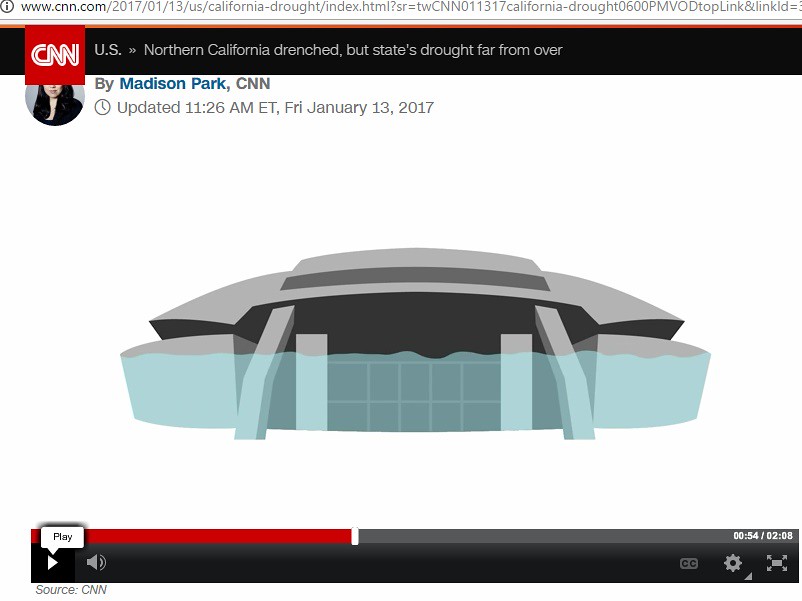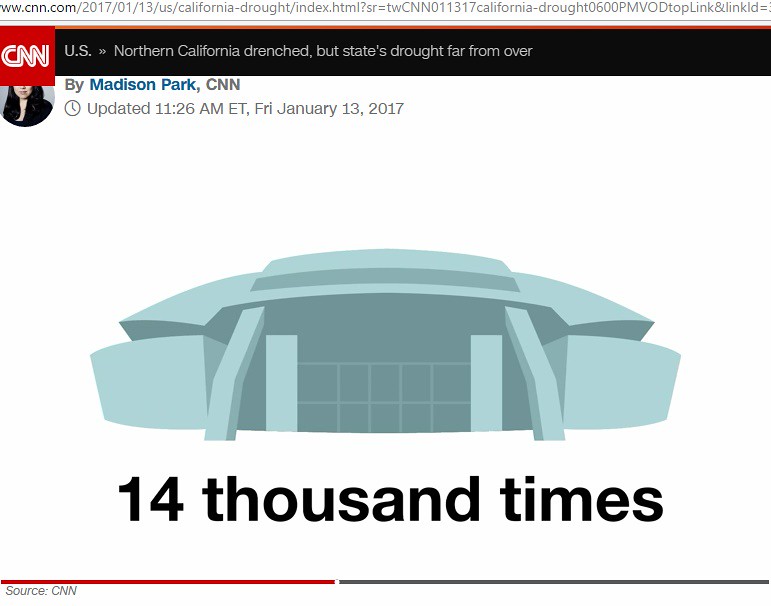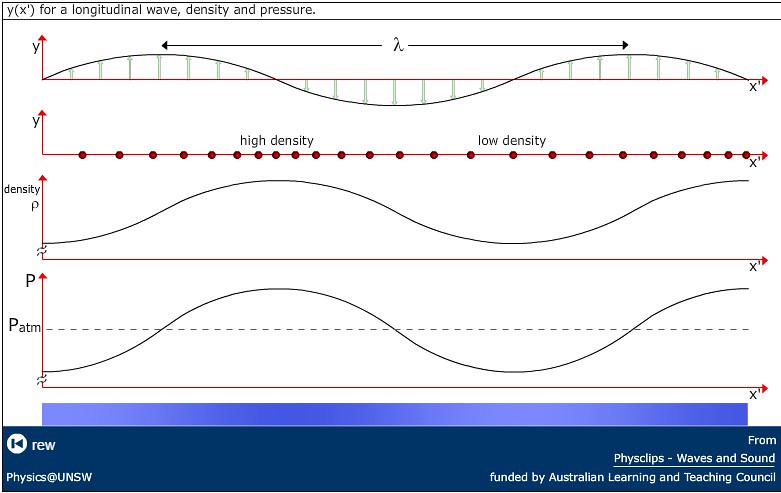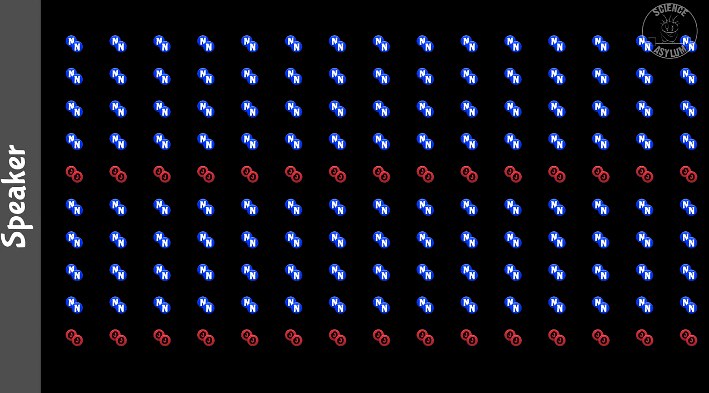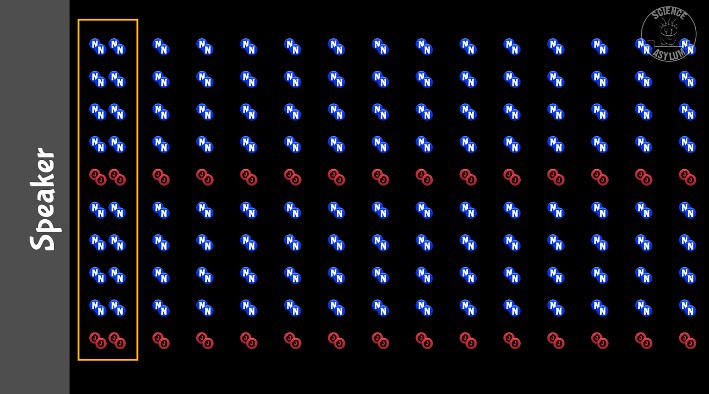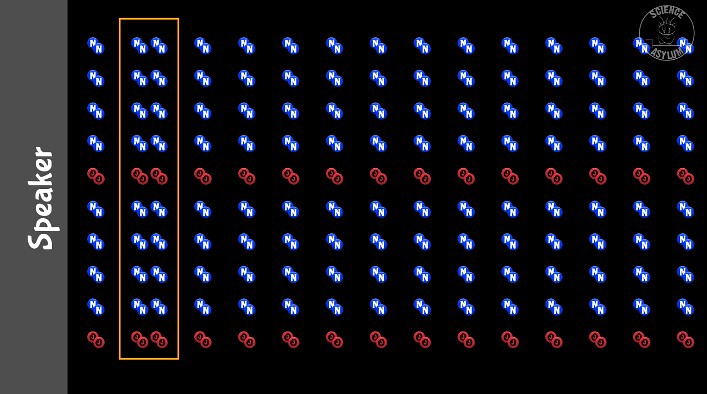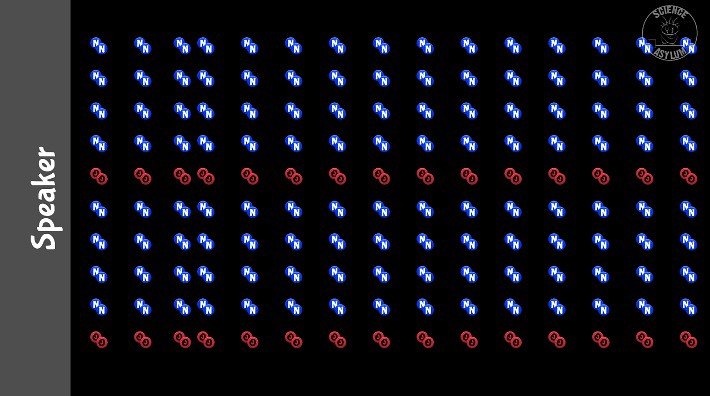Politics Affects Science
People vote to elect politicians to both houses of congress. Those elected representatives decide based on their constituents beliefs how to fund science research. As you will see in a couple of days (next blog post), politicians need to be more educated on the importance of science. Science is a global operation. Scientists try to convey the message to Washington on the importance of science and its role in society.
Last November, I wrote a blog post that had the "20 questions" from the organization "ScienceDebate.org" -- which contained the top 20 questions each candidate should answer regarding the most pressing needs of science. In a follow up blog post, there were other groups that followed with additional questions regarding science funding. Of course, this was all before the election. Since then, a lot has changed in the sense that science funding is completely up in the air.
As I mentioned above in the introduction, a recent article in the trade magazine 'Laboratory Equipment' reminded me of the importance that immigrants play in the role of science research in the United States. Here is an introduction of the article highlighting the point:
Politics aside, speaking solely in the context of scientific research and innovation, President Trump’s recent Executive Order to ban citizens of seven Muslim-majority countries, including green card holders*, is harmful to America’s research, development and innovation pipeline.Today’s research is inherently global. Scientists collaborate with foreign researchers for a multitude of reasons, whether it’s because their foreign counterpart is a leader in a specific area of interest, or because the foreign researcher is the perfect complement to the intended research. Either way, a foreign collaborator’s contributions to the research cannot be understated.International travel is also a major component of modern research. Not only are scientists expected to travel abroad for conferences; they also often have to travel to fulfill their job and research requirements.For example, hundreds of U.S. scientists flocked to Sierra Leone and other West African countries during the Ebola outbreak of 2014/2015. If the current Executive Order was enacted then, any U.S. researcher that traveled to help stop the deadly virus—but was born in Iraq, Iran, Syria, Somalia, Sudan, Libya or Yemen—would have been denied reentry into the U.S., despite their visa category.
International and national meetings are extremely important. Networking in person is critical. Recently, at a science fair, those skills kicked in with other science judges and proved extremely useful. I wrote about that experience in a recent blog. Without those interactions, science is left to be communicated through the digital and print landscape. Journal articles are a great way to disseminate scientific results. Although, there are a tremendous amount of details (experimental methods, obstacles, lessons, etc.) regarding experiments which are never transmitted in the journal article, but available through 'person-to-person' interaction. Need I say more?
Communicating science at meetings is crucial to forwarding science research and funding. Collaborations are made which can last a lifetime. On the same plane of importance, accepting international graduate students into our graduate programs is critical toward advancing science around the world. International graduate students either stay after obtaining their degrees or leave to return to their country of origin. Either way, science is influenced in an unspeakable way for the benefit of man and the world. I wrote a blog about this highlighting the importance of international graduate students making American scientists stronger.
The author highlighted this in an excerpt shown below:
“Immigration strengthens the fabric of this nation and our University. Immigrants spark innovation, launch new businesses, and enrich our culture and arts. They are a precious national resource and invaluable to Penn,” she said.As of this writing, 50 Nobel Laureates have signed a petition and open letter opposing the Executive Order. The Laureates are joined by 443 members of the National Academies of Sciences, Engineering, Arts; 82 winners of Fields/Dirac/Clark/Turing/Poincare Medals, Breakthrough Prize, Pulitzer Prize and/or MacArthur Fellowship; 14,800 U.S. academic faculty members; and over 18,000 academic supporters.
Enhancing our culture and arts is just a couple of many aspects in which are lives are improved. Scientists take an executive order very seriously. Especially, since the executive order can have such a drastic impact on all of academic progress -- not just science. The group of academic supporters have signed a petition which is shown below from the website "NoToimmigrationBan.com":
President Donald Trump has signed an Executive Order (EO) proposing a 90-day suspension of visas and other immigration benefits to all nationals of Iran, Iraq, Syria, Sudan, Yemen, Libya and Somalia. The unrealistic conditions required for discontinuing the suspension make it very likely that this EO will turn into a permanent ban. We, the undersigned academics and researchers from a variety of fields of study, backgrounds, and personal convictions, would like to voice our concern and strongly oppose this measure on three grounds:1. This Executive Order is discriminatory. The EO unfairly targets a large group of immigrants and non-immigrants on the basis of their countries of origin, all of which are nations with a majority Muslim population. This is a major step towards implementing the stringent racial and religious profiling promised on the campaign trail. The United States is a democratic nation, and ethnic and religious profiling are in stark contrast to the values and principles we hold.2. This Executive Order is detrimental to the national interests of the United States. The EO significantly damages American leadership in higher education and research. US research institutes host a significant number of researchers from the nations subjected to the upcoming restrictions. From Iran alone, more than 3000 students have received PhDs from American universities in the past 3 years. The proposed EO limits collaborations with researchers from these nations by restricting entry of these researchers to the US and can potentially lead to departure of many talented individuals who are current and future researchers and entrepreneurs in the US. We strongly believe the immediate and long term consequences of this EO do not serve our national interests.3. This Executive Order imposes undue burden on members of our community. The people whose status in the United States would be reconsidered under this EO are our students, friends, colleagues, and members of our communities. The implementation of this EO will necessarily tear families apart by restricting entry for family members who live outside of the US and limiting the ability to travel for those who reside and work in the US. These restrictions would be applied to nearly all individuals from these countries, regardless of their immigration status or any other circumstances. This measure is fatally disruptive to the lives of these immigrants, their families, and the communities of which they form an integral part. It is inhumane, ineffective, and un-American.These bans, as proposed, have consequences that reach beyond the scope of national security. The unethical and discriminatory treatment of law-abiding, hard-working, and well-integrated immigrants fundamentally contravenes the founding principles of the United States.We strongly denounce this ban and urge the President to reconsider going forward with this Executive Order.
The above letter is an example of what academics can do when 'academic freedom' is under fire.
Conclusion...
The above letter is a sign that adverse effects come with restricting science. Please cut and past the letter above and send an e-mail to the following e-mail address with the following instructions:
To add your name, please send an email to [send AT NoToImmigrationBan DOT com] from your academic email.The subject of your email must be one line: name, award/distinction, title, affiliation(e.g. John Doe, Nobel Laureate (Physics 1999), Professor, Harvard University)
Thank you for your support. You are part of making the world a better place by ensuring that science is a global effort. Science needs to be elevated. I have written about the fact that science usually ends up buried on the back of the newspaper. Science should be front and center. If the public were aware that their tax-payer money is what drives research into creating new treatments for diseases, space flight to the outer limits of our understanding, along with building new technologies at the limits of detection (nanoscale) -- maybe they would feel differently about learning and motivating science research. At the very least, this executive order has brought out the scientific community to rise up and shout to the world that an injustice is occurring.
Until next time, Have a great day!
